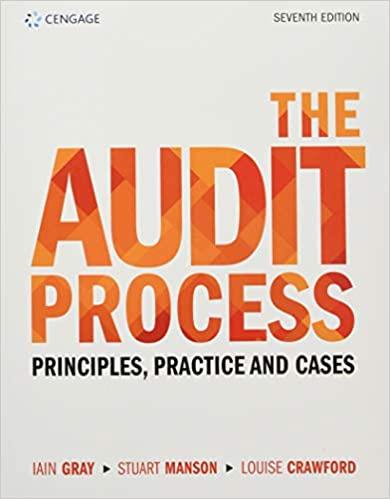

Presented below is a bond-investment amortization schedule for Yankee Company with related fair values provided. These bonds are classified as available-for-sale; they were purchased on 1/1/10. Amortized cost Fair Value 12/31/10 $491,150 $497,000 12/31/11 $519,442 $509,000 12/31/12 $550,000 $550,000 Assume the bookkeeper erroneously classified these bonds as "trading." Amortization of the discount was still correctly recorded. Retained Earnings at 12/31/11 and 12/31/12 would be in error by: 12/31/11 $0 $10,442 $16,292 $5,850 $6,292 12/31/12 $16,292 $0 $0 $16,292 $16,292 3. During Year 3, Rex Co. introduced a new product carrying a 2-year assurance-type warranty against defects. The estimated warranty costs related to dollar sales are 2% within 12 months following sale and 4% in the second 12 months following sale. Sales and actual warranty expenditures for year ended December 31, Year 3 and Year 4, are as follows: Year 3 Year 4 Total Sales $600,000 $1,000,000 $1,600,000 Actual Warranty Expenditures $9,000 $30,000 $39.000 At December 31, Year 4, Rex should report an estimated warranty liability of: u sooo $0 $39,000 $45,000 $57,000 $96,000 17. The Leverenz Company issued 10,000 shares of $10 par common stock. Sale price was $25 per share. Leverenz then: 1. Purchased 2,000 shares at $35 per share 2. Resold 800 of the shares at $38 per share 3. Resold 500 of the shares at $30 per share No other stock transactions occurred. Retained Earnings was $20,000 prior to these transactions. What is the combined effect of Transactions #1 through #3 on the Retained earning ? Presented below is a bond-investment amortization schedule for Yankee Company with related fair values provided. These bonds are classified as available-for-sale; they were purchased on 1/1/10. Amortized cost Fair Value 12/31/10 $491,150 $497,000 12/31/11 $519,442 $509,000 12/31/12 $550,000 $550,000 Assume the bookkeeper erroneously classified these bonds as "trading." Amortization of the discount was still correctly recorded. Retained Earnings at 12/31/11 and 12/31/12 would be in error by: 12/31/11 $0 $10,442 $16,292 $5,850 $6,292 12/31/12 $16,292 $0 $0 $16,292 $16,292 3. During Year 3, Rex Co. introduced a new product carrying a 2-year assurance-type warranty against defects. The estimated warranty costs related to dollar sales are 2% within 12 months following sale and 4% in the second 12 months following sale. Sales and actual warranty expenditures for year ended December 31, Year 3 and Year 4, are as follows: Year 3 Year 4 Total Sales $600,000 $1,000,000 $1,600,000 Actual Warranty Expenditures $9,000 $30,000 $39.000 At December 31, Year 4, Rex should report an estimated warranty liability of: u sooo $0 $39,000 $45,000 $57,000 $96,000 17. The Leverenz Company issued 10,000 shares of $10 par common stock. Sale price was $25 per share. Leverenz then: 1. Purchased 2,000 shares at $35 per share 2. Resold 800 of the shares at $38 per share 3. Resold 500 of the shares at $30 per share No other stock transactions occurred. Retained Earnings was $20,000 prior to these transactions. What is the combined effect of Transactions #1 through #3 on the Retained earning








